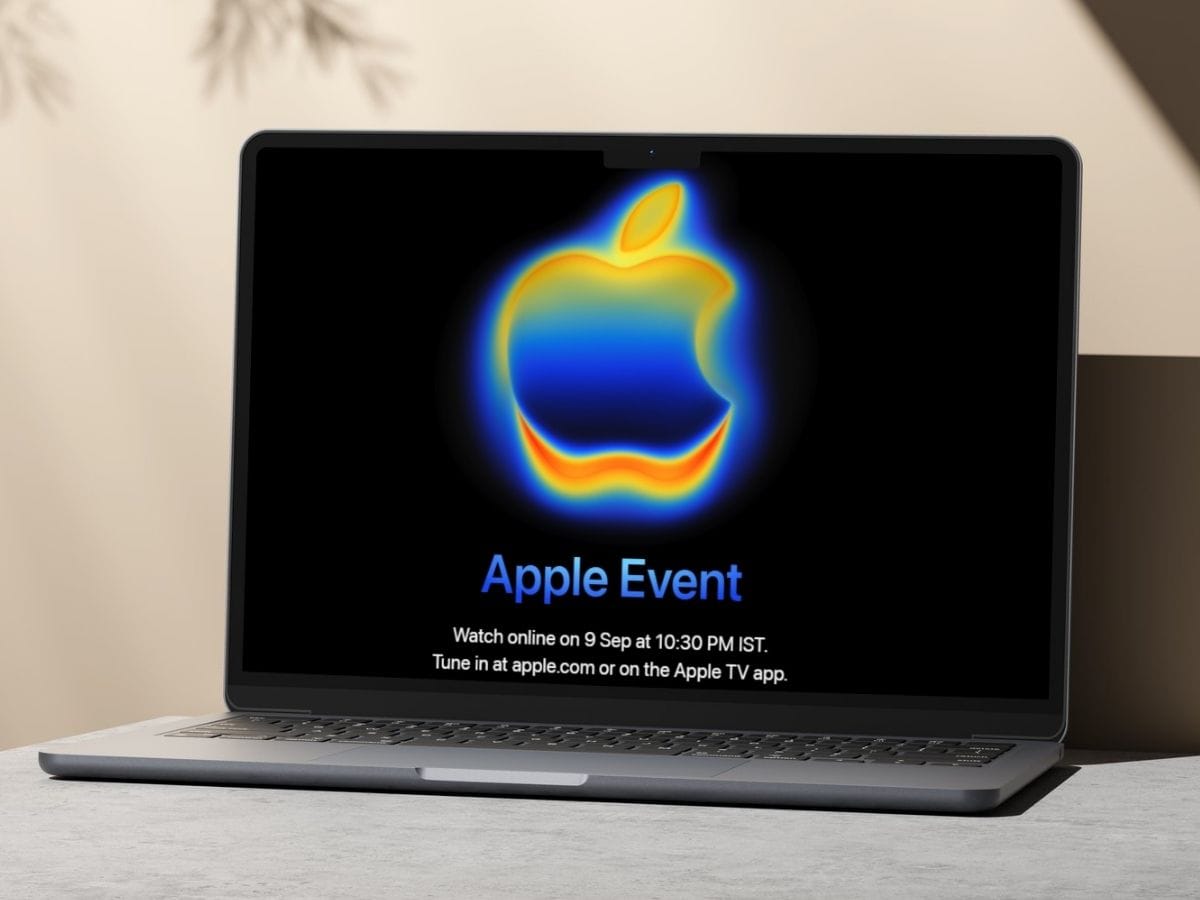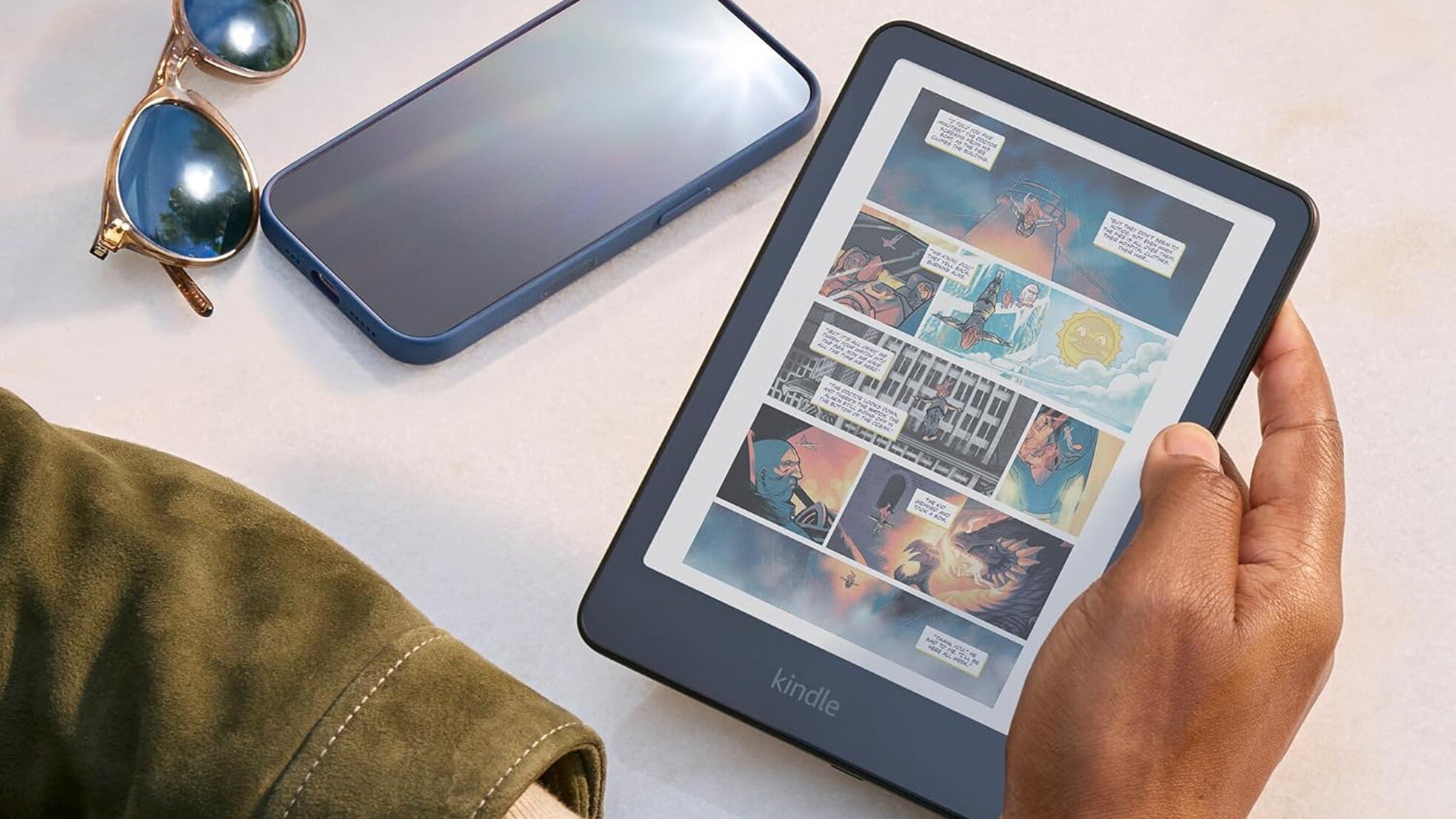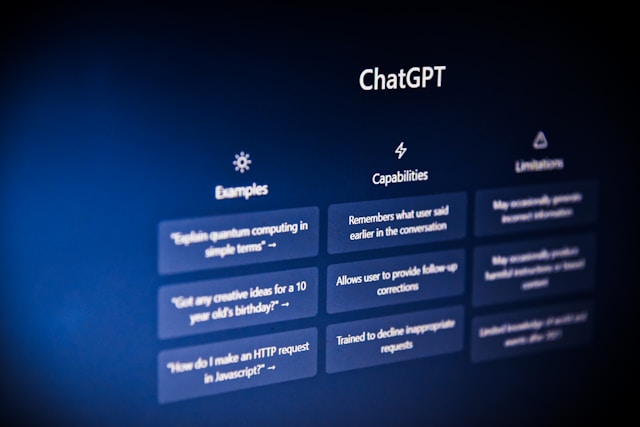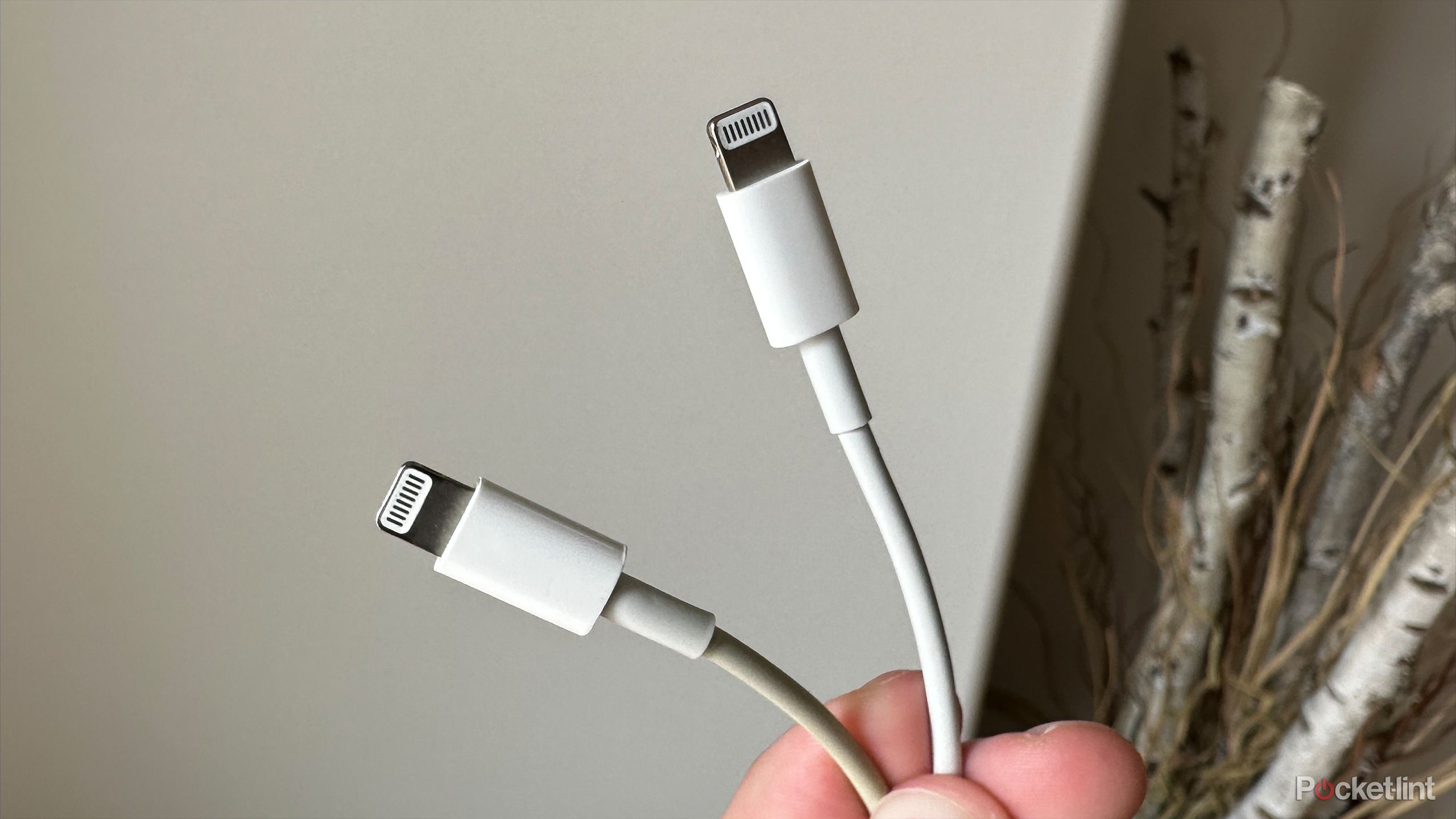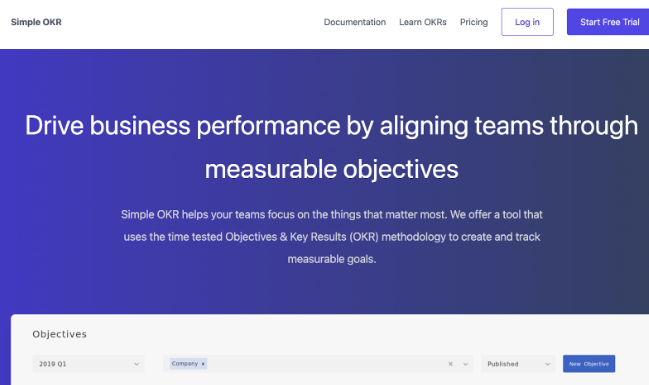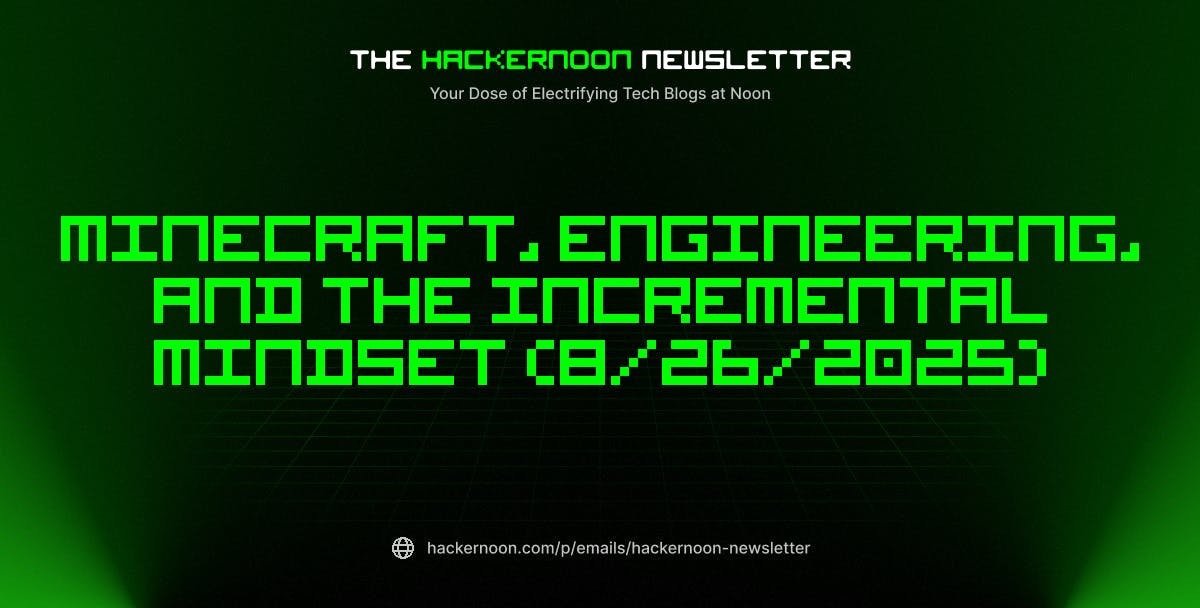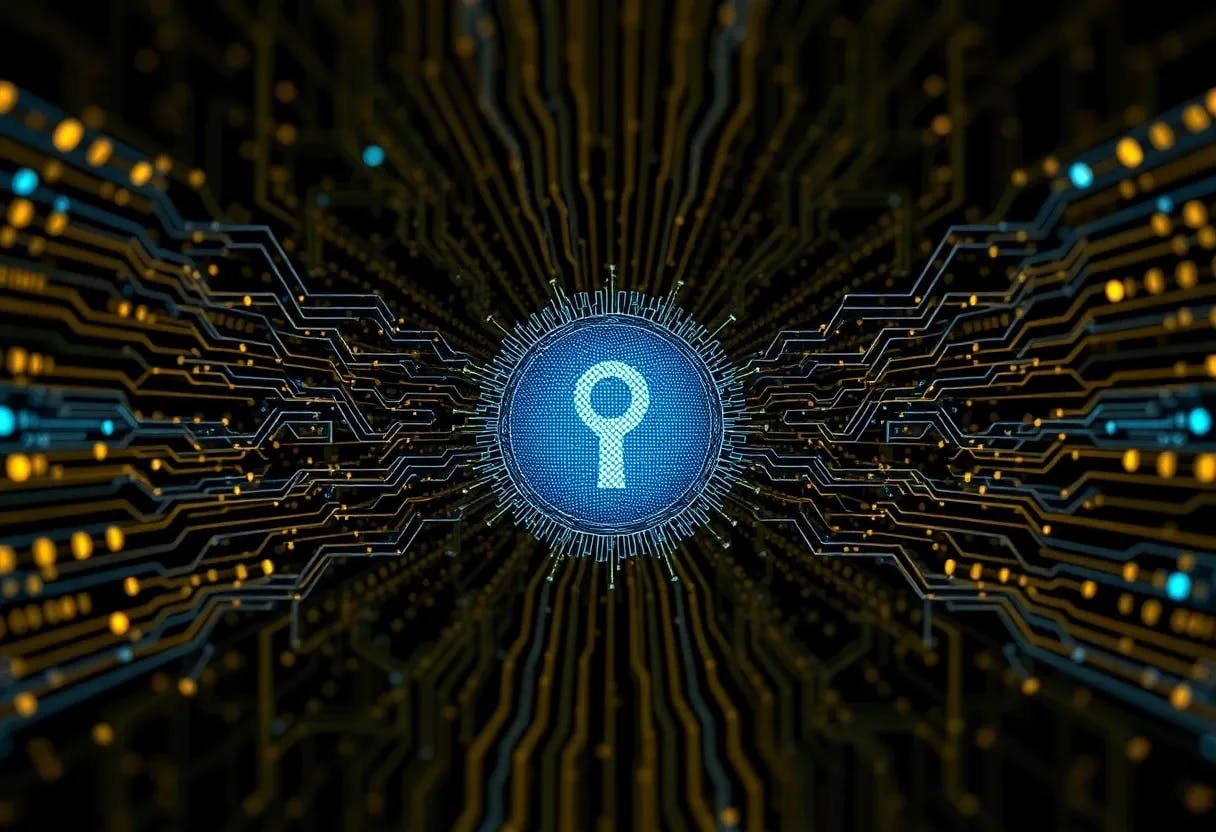We’ve somehow arrived at this strange cultural reflex where the word upgrade is practically synonymous with progress. The assumption is that newer must be better, and if you dare to question that, you risk sounding like some curmudgeon still pining for the days of rotary phones. But honestly, the truth feels a lot less flattering.
7
“Smart” features everywhere
Not everything needs Wi-Fi. Yet here we are, living in a world where your oven might refuse to heat because it’s in the middle of a software update. That’s the core problem with these so-called smart gadgets. They’re loaded with gimmicky features nobody actually wanted, and every one of those features is just another potential failure point.
A fridge doesn’t need a touchscreen that shows me my Google Calendar, and a washer doesn’t need to email me when a cycle is finished. The buzzer worked just fine for decades, and if you didn’t even have a buzzer, you knew it was done when the noise stopped.
Worse still, most of these devices are just surveillance machines in disguise. Smart TVs track your viewing habits and stuff ads into menus. Even toothbrushes, of all things, try to funnel you into downloading an app, registering an email, and surrendering yet another slice of your privacy.
The irony is that the “dumb” versions of these appliances, the ones with simple dials and no internet connectivity, usually last longer. They don’t demand updates. They don’t break when a server shuts down. They just work, day in and day out, until you replace them because they’re old, not because the software bricked itself.
QR code menus made sense during the COVID-19 pandemic. You just had to scan a little square to skip touching a sticky, overused menu. Fine. But now, years later, plenty of restaurants are still clinging to them, and honestly, it’s starting to feel more like a downgrade.
A printed physical menu has weight and presence. You can toss it on the table, flip it open, and slide it across to your friend without breaking stride. A QR menu, on the other hand, drags you right back into your phone, the very device you probably came to dinner hoping to ignore for a while. One second you’re scrolling through appetizers, the next you’ve fallen into the gravitational pull of email, notifications, or Instagram Reels. Now, the simple act of choosing food turns into another fractured, semi-distracted moment, rather than a shared one.
The part that really grates me is that QR menus are the perfect excuse for restaurants to tweak prices whenever they feel like it, with no reprints necessary. At least when something was printed in ink, it felt grounded, stable, and final for a long while.
5
Killing the disc drive
It wasn’t long ago that laptops typically came with disc drives. You could slide in a DVD, install some software, or dust off that stack of burned CDs without thinking twice. Then, manufacturers became obsessed with shaving millimeters off the chassis, making the drive disappear.
Now, if you’ve got physical media, you’re forced to buy some clunky external drive that hogs desk space and feels like a punishment for daring to live in the pre-streaming generation. And if you don’t bother, your choices are depressingly limited. You either hunt for a sketchy rip online, buy the same content again in digital form, or cross your fingers that it happens to be floating around on whatever subscription service you’re currently paying for.
My biggest pain point about this upgrade is that installing software, which used to be as easy as dropping in a disc, has been rerouted through the cloud. Now I have to deal with endless downloads, bloated installers, and a fast drain on both precious storage and bandwidth. All that hassle just so my laptop could be a few millimeters thinner in my bag serves me less.
4
AI in search engines
Not that long ago—say, five or so years—searching the internet actually felt like a process. You typed in what you were curious about, hit enter, and got a stack of links to dig through. It wasn’t always efficient, but there was this sense that you were the one unearthing the answer. Now, with AI baked into search engines (and yes, I’m mainly pointing at Google here), that whole experience has been flattened into these so-called “AI overviews.” Instead of a buffet of perspectives, you get one authoritative-sounding blurb perched at the top of the page, as if the machine has spoken and that’s that.
Of course, it’s not perfect, which is how we ended up with Google’s AI telling people to put glue on pizza. Just one of the many surreal and hilarious moments where AI chatbots hallucinate their way into nonsense.
Aside from that, the whole internet increasingly resembles a tug-of-war between you and ads, algorithms, and dark patterns designed to funnel you into whatever lines companies’ pockets. Just try looking up a product on Amazon, and you’ll find that the actual thing you want is buried under a landfill of “sponsored” garbage.
3
The subscription creep
Subscriptions used to feel reasonable. You paid for your magazine, your cable TV package, maybe Netflix, and that was that. But somewhere along the line, the whole model mutated into something borderline ridiculous. These days, it feels like every corner of tech is scheming to carve out yet another monthly fee for features that, not too long ago, were simply included.
Take apps, for instance. Even the most barebones utilities now have the audacity to demand a subscription. I once saw an alarm clock app charging five bucks a month for premium. Premium what—waking me up with extra enthusiasm? A digital slap in the face?
Games haven’t escaped the racket either. The big three console makers all slap a toll on online play, something that used to be free territory. Think about it: you’ve already bought the console, the game, and you’re paying for your internet service. Yet somehow, you’re still expected to cough up more just for the privilege of joining a multiplayer lobby.
And then the car industry, never one to miss a money-making trend, decided to leap onto the bandwagon. BMW, Mercedes, and others actually toyed with subscriptions for heated seats and horsepower—features that are physically inside the car you already own. So much for an upgrade!
2
Reels and algorithmic feeds
Social media used to be where you followed people, and—radical thought—you actually saw their posts. You really owned your feed. Now, the feeds feel more like algorithmic labyrinths, engineered less for connection and more for engagement metrics. You don’t really decide what shows up anymore, but the machine does.
Reels are the clearest culprit. These bite-sized, hyper-addictive videos get shoved into your feed whether you asked for them or not. The platforms like to dress it up as “discovery,” but in reality, it’s basically a slot machine designed to keep you pulling the lever. Before you know it, you’ve waded through an endless tide of viral fluff while the friends and communities you actually wanted to hear from get buried at the bottom.
1
Touchscreens in cars
Car makers can’t resist flaunting their sleek, screen-heavy dashboards. They photograph beautifully in brochures and make vehicles look futuristic in showrooms. But on the road, they’re a menace. A simple knob lets you adjust the temperature or crank the volume with a quick flick without looking. A touchscreen, on the other hand, demands your eyes, your focus, and just a little too much patience.
And it’s not just me being cranky about it. I found several reports that show it can take drivers up to 20 seconds to complete a basic task, such as changing the AC settings on a touchscreen. That’s 20 seconds of effectively driving blind. Honestly, it’s not far off the danger level of driving after a few drinks.
The good news is that the tide seems to be turning. Starting in 2026, Euro NCAP will only give top safety ratings to cars that have physical controls for essentials like indicators, hazard lights, and wipers. And if you peek into online forums, you’ll see plenty of drivers saying the same thing: give us the knobs back.






